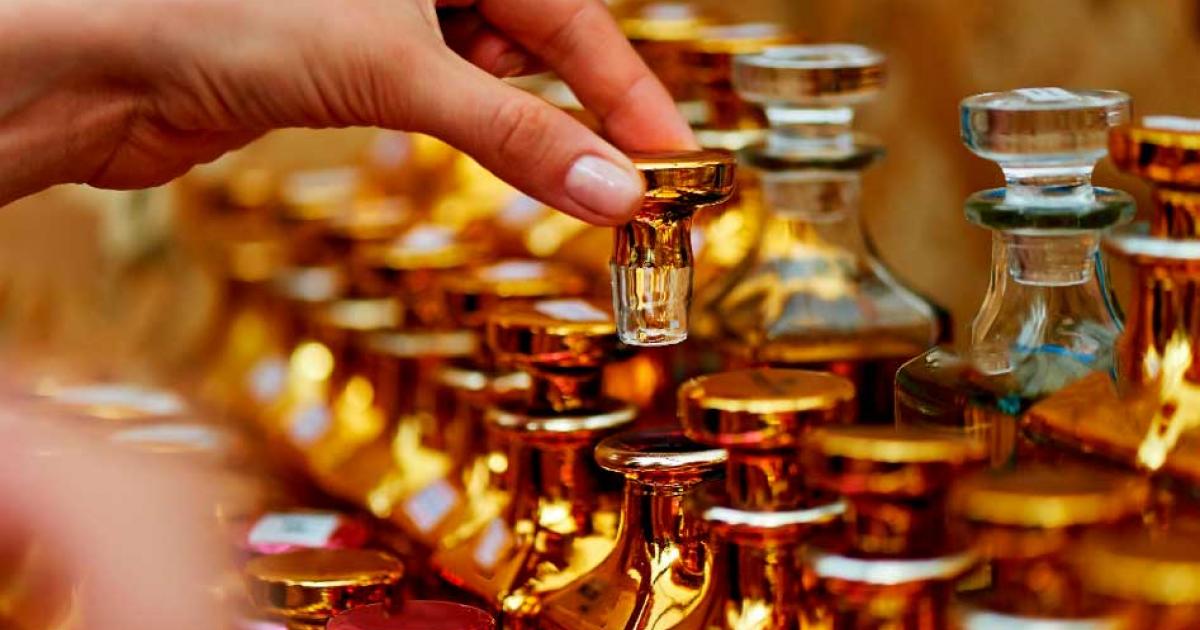- Histoire, Terre de Parfum
- L'Atelier Parfum
Land of Perfume: Mesopotamia

1. At the Origins of Civilization and Perfume
Around 6,000 years ago, the land between the Tigris and Euphrates rivers gave rise to the first known civilization in human history: Mesopotamia. Located just above the Fertile Crescent, it is renowned for having developed the earliest systems of writing, mathematics, and even justice, notably with the Code of Hammurabi. Often referenced for the many battles and belief systems that marked its 3,000-year existence, Mesopotamia was also home to the first forms of social and personal culture. Its writings and artifacts reflect the intellect of its people and their refined relationship with scents and perfumed oils.
2. The Importance of Perfume in Mesopotamian Society
Stretching from modern-day Syria to Kuwait, Mesopotamia included numerous city-states and civilizations, among which Babylon and Sumer were the most famous. These societies placed great importance on their environment, temples, and deities, associating specific scents with each god. They believed that incense brought them closer to the divine and used high-quality raw materials to emphasize this sacred connection.
3. Rituals and Uses of Perfume
Magical rituals often involved incense in the form of wicks and blocks. One example, found on a Sumerian clay tablet, describes the priestesses of the god Anu in the city of Uruk, who would apply a mixture of wine and perfumed oil at the temple entrance. While religious use of incense was the most elaborate, individuals also appreciated perfumes for personal adornment. Raw materials were either cultivated or purchased, and only the wealthiest could afford the rarest ingredients.
4. Perfume Recipes and Production
Mesopotamian civilization was highly sophisticated. Using cuneiform—one of the oldest writing systems—the Mesopotamians recorded the names and quantities of herbs, oils, and woods used in their fragrances. A translated recipe for incense (nazi in Sumerian), made for the gods, reads:
-
3 parts cedar chips
-
2 parts juniper
-
2 parts cypress
-
2 parts tamarisk
This blend was shaped into blocks and burned in a decorated ceramic burner.
5. Perfume as Remedy and Luxury Object
Ancient texts show that early perfumes took the form of scented oils. A wide range of ingredients was used: oils of cyperus, flax, lettuce seed, sesame, and ben oil, scented with herbs and flowers such as marjoram, white violet, blue lotus, narcissus, iris, and rose.
Sumerian and Babylonian pharmacopeia also included aromatic plants like myrrh, saffron, and oleander. Babylonians believed illness had supernatural origins. Bitter substances were used to drive away evil spirits from the sick, while pleasant perfumes were reserved for benevolent deities.
6. Tappūtī-Bēlet-ekalle: The First Known Female Perfumer
Tappūtī-Bēlet-ekalle ("Assistant of the Lady of the Palace," likely a title) was a muraqqītu, or perfumer, at the Assyrian court in the 13th century BCE.
She is mentioned in a fragmentary tablet listing ingredients for scented oil, interpreted as a perfume recipe she authored. This text was likely part of a library discovered in the temple of Assur. She is believed to have practiced during the reign of Tukulti-Ninurta I (1245–1208 BCE).
Records from this era mention other female perfumers at the Assyrian court, indicating that the art of perfumery was not only highly valued but also a prestigious profession.
Conclusion
From observing the stars to inventing the base-60 numeral system still used in our modern clocks, we owe much of our social and intellectual foundations to Mesopotamia. This fertile land gave us the first written history and stands as the root of human knowledge. The study of Mesopotamia reveals that the importance of perfume and incense has been deeply embedded in our culture from the very beginning.





